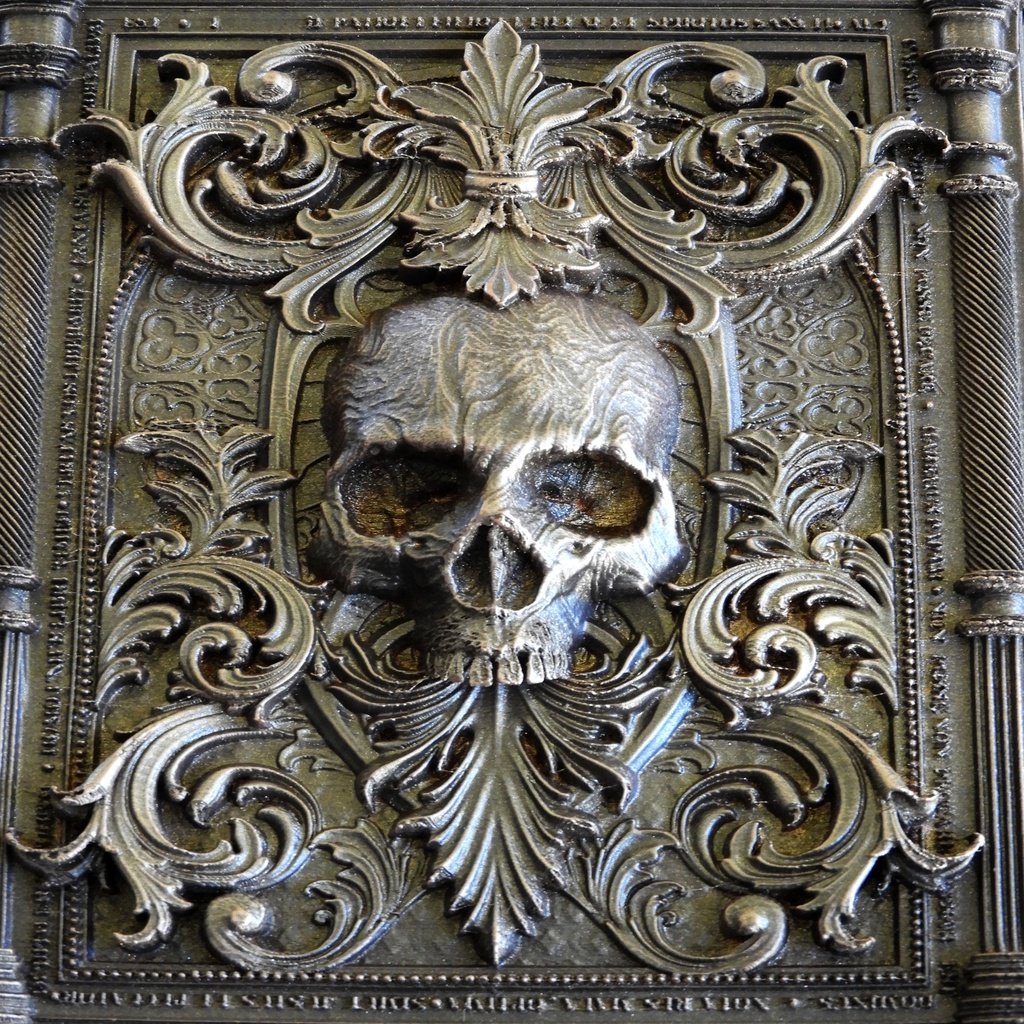
Scull in victorian frame for CNC
thingiverse
The Victorian era, which spanned from 1837 to 1901, was a time of great change and transformation in the United Kingdom. During this period, the Industrial Revolution was in full swing, and new technologies were being developed at an incredible rate. This led to significant changes in the way people lived and worked, as well as the way they thought about themselves and their place in society. One of the key characteristics of the Victorian era was its emphasis on social hierarchy and class distinction. The upper classes held a great deal of power and influence, while the lower classes were often relegated to menial tasks and limited opportunities for advancement. This social structure was reflected in the architecture, art, and literature of the time, which often featured grandiose and ornate designs that reflected the wealth and status of their creators. Despite these social divisions, the Victorian era was also a time of great cultural and intellectual ferment. The period saw the rise of many new artistic movements, including the Pre-Raphaelite Brotherhood, the Arts and Crafts movement, and the development of photography as a fine art form. It was also a time of great scientific discovery, with breakthroughs in fields such as physics, chemistry, and biology. In terms of design, the Victorian era is often associated with ornate and decorative styles, such as Gothic Revival, Renaissance Revival, and Art Nouveau. These styles were characterized by intricate patterns, curved lines, and a focus on decoration and ornamentation. They were often used in furniture, textiles, ceramics, and other domestic objects. Some notable designers of the Victorian era include: * Charles Eastlake, who was known for his work in the Arts and Crafts movement and his designs for furniture and interior decoration. * Augustus Pugin, who was a leading figure in the Gothic Revival movement and designed many buildings and interiors in this style. The Victorian era also saw the development of new technologies that transformed the way people lived and worked. The Industrial Revolution had made mass production possible, and new materials such as iron and steel were being used to build larger and more complex structures. This led to the development of new architectural styles, such as the Gothic Revival and the Renaissance Revival. The Victorian era was also a time of great social change, with the rise of the women's suffrage movement and the abolition of slavery in the British Empire. The period saw the publication of many influential books and articles on social reform, including Charles Dickens' "Oliver Twist" and Harriet Beecher Stowe's "Uncle Tom's Cabin". Overall, the Victorian era was a time of great change and transformation in the United Kingdom, marked by significant advances in technology, science, and the arts. It was also a time of great social and cultural ferment, with many new ideas and movements emerging during this period. References: * Van der Plaat, Deborah (2015). "Visualising the Critical: Artistic Convention and Eclecticism in Oscar Wilde's Writings on the Decorative Arts". Australasian Journal of Victorian Studies. 19 (1): 9-10. * Flanders, Judith (2002). Inside the Victorian Home. New York: W.W. Norton & Co. p. 200-02. * Blanchard, Mary W. (1995). "Boundaries and the Victorian Body: Aesthetic Fashion in Gilded Age America". The American Historical Review. 100 (1): 39-45. External links: * Media related to Victorian era at Wikimedia Commons * Victorian Furniture * Victorian Room Virtual Tour * Victorian Design (victorianweb.org) * Early Victorian Furniture History in England * Interior decoration and design * Floral Wallpaper * Late Victorian Era Furniture History in England * Victorian Bookmarks * Mostly-Victorian.com - Arts, crafts and interior design articles from Victorian periodicals.
With this file you will be able to print Scull in victorian frame for CNC with your 3D printer. Click on the button and save the file on your computer to work, edit or customize your design. You can also find more 3D designs for printers on Scull in victorian frame for CNC.
